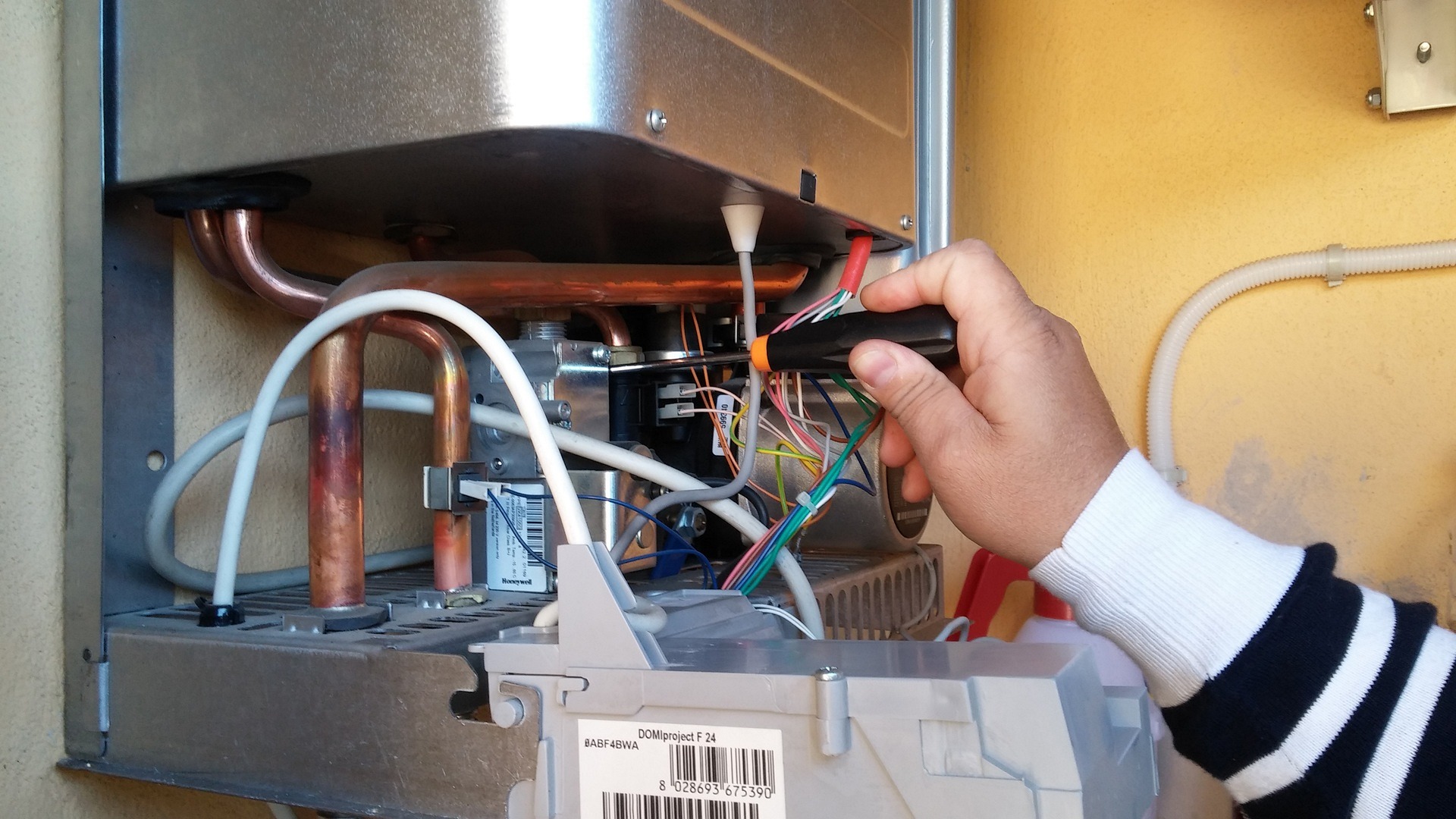Air Condition Repair: Common Issues and When to Call
A functioning air conditioning system keeps indoor spaces comfortable and safe, especially during hot months. Timely air condition repair helps preserve efficiency, prevent larger failures, and avoid higher energy costs. This article explains common problems, typical repair steps, when to call a professional, maintenance tips for your cooling system, and how to handle emergency repair scenarios.
What causes air conditioning problems?
Air conditioning units encounter a range of issues as they age or when maintenance is neglected. Common causes include dirty or clogged filters that restrict airflow, refrigerant leaks that reduce cooling capacity, frozen evaporator coils from poor airflow, and clogged condensate drains that cause water leaks. Electrical problems — failing capacitors, worn contactors, or thermostat malfunctions — can stop a unit from running altogether. External factors like debris around the outdoor condenser, insects, or rodents can also impair performance. Identifying the root cause early makes AC repair simpler and often less costly.
How does AC repair usually proceed?
AC repair typically begins with a diagnostic inspection: the technician checks thermostat settings, airflow, filter condition, refrigerant pressure, and electrical components. Simple repairs often include replacing filters, cleaning coils, clearing drains, and tightening electrical connections. More involved jobs may require refrigerant recharge, capacitor or motor replacement, or compressor repairs. Technicians should explain findings, present repair options, and provide estimated timelines. For safety and compliance, tasks involving refrigerant must be handled by certified professionals in many jurisdictions. Clear communication about symptoms and recent system behavior helps the technician diagnose efficiently.
When should you involve an HVAC technician?
Call an HVAC technician when problems go beyond basic filter changes or when safety risks exist. Signs that warrant professional service include persistent loss of cooling after simple checks, unusual burning smells or smoke, repeated short-cycling, freezing coils, or visible refrigerant leaks. Electrical faults and compressor issues require trained technicians because of safety and refrigerant-handling regulations. Regular scheduled maintenance with an HVAC professional—typically once or twice a year—can identify wear before failures occur and may preserve manufacturer warranties. If your system is older and experiencing recurring faults, a technician can advise on repair versus replacement options based on efficiency and reliability.
Maintaining your cooling system to prevent breakdowns
Routine maintenance extends equipment life and reduces the need for emergency air condition repair. Replace or clean filters every 1–3 months depending on usage and indoor air quality. Keep the outdoor condenser clear of plants, leaves, and debris, and clean indoor coils and fins as recommended. Ensure condensate drains are unobstructed to prevent water damage and mold growth. Calibrate thermostats and consider programmable settings to reduce strain. Scheduling seasonal tune-ups with a qualified technician helps catch refrigerant leaks, check electrical connections, and confirm airflow — small investments that often prevent more costly repairs later.
Preparing for emergency repair situations
Emergency repair situations arise when the cooling system fails during extreme temperatures or when there are safety concerns. Recognize emergencies: persistent lack of cooling during heat waves, loud grinding or banging noises, visible refrigerant or oil leaks, or smoke and burning odors. In those cases, turn off the system at the thermostat and circuit breaker to reduce risk, ventilate the area if safe, and avoid attempting complex repairs yourself. If water is pooling, protect electronics and furniture and try to locate the source without standing in water near electrical components.
If you need emergency repair, have a plan for contacting local services in your area and confirm whether the technician is licensed and insured. When the technician arrives, ask for a clear diagnosis, an estimate for repairs, and expected timelines. Keep records of inspections and repairs to help technicians track recurring issues and to support any warranty claims. For non-urgent problems, scheduling a regular service visit reduces the chance an issue becomes an emergency.
Conclusion
Understanding common faults, typical AC repair steps, and when to involve an HVAC professional makes it easier to keep your cooling system running reliably. Regular maintenance, timely diagnostics, and knowing how to respond to emergency repair signs all contribute to safer operation and better long-term performance. If uncertainty remains about a specific issue, a qualified technician can provide a tailored assessment based on your system and usage.







